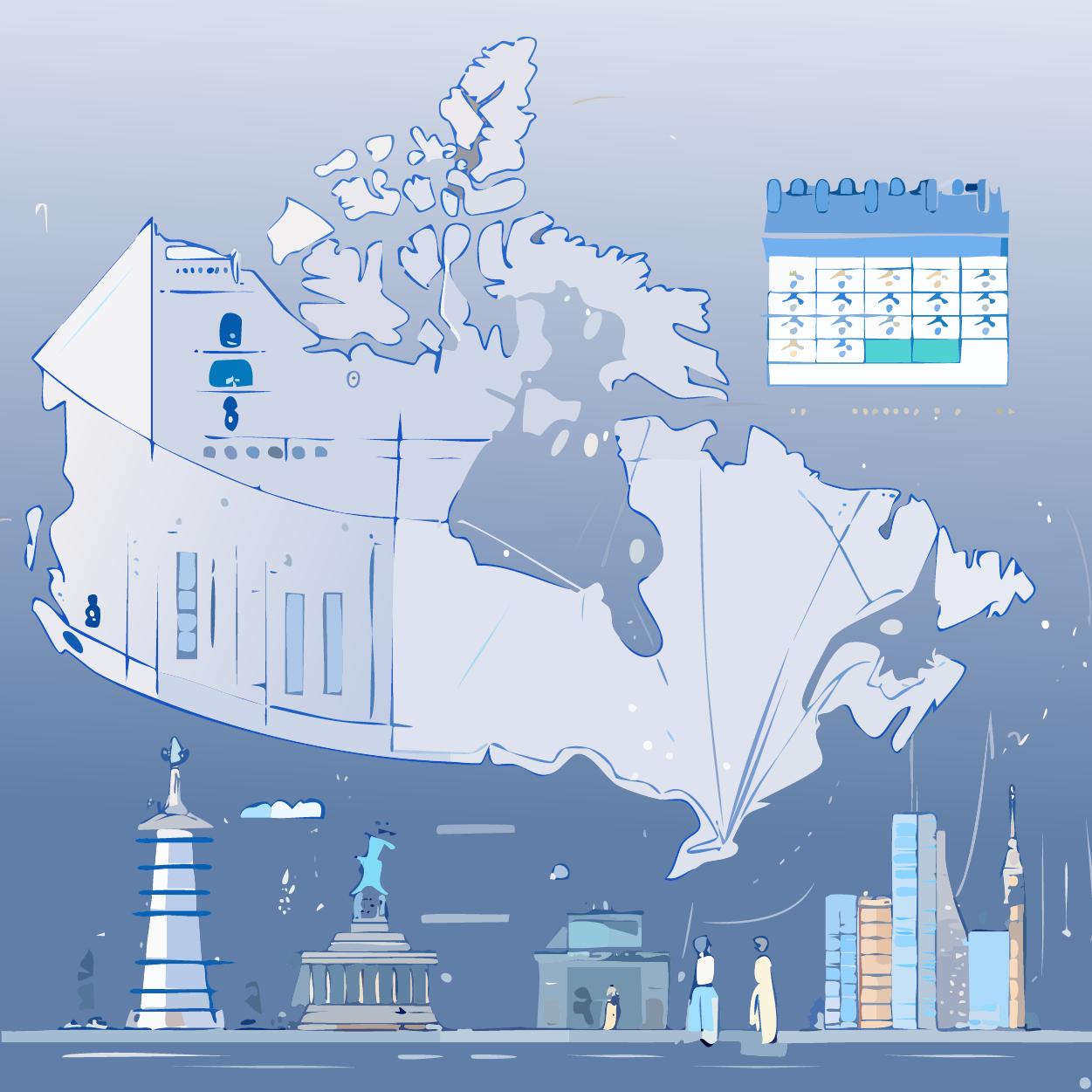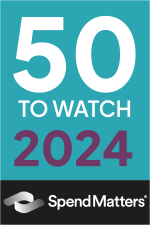Canada’s Modern Slavery Reporting: Two Years On

Canada’s Modern Slavery Reporting: Two Years On
Canada’s Fighting Against Forced Labour and Child Labour in Supply Chains Act — the Modern Slavery Act — is now in its second year. The 2025 annual report gives us the first real look at how companies are acting on their promises to manage forced labour and child labour risks across global supply chains.
For sustainability, procurement, and compliance leaders, this data reveals one thing clearly: compliance alone isn’t enough. It’s time to move from awareness to action, and from reporting to measurable impact — supported by the right technology and visibility.
The good, the surprising, the warning sign
- 4,178 private-sector reports were submitted by May 31, 2025.
- 40% of those were joint reports covering multiple entities.
- That’s a drop from 2024’s 5,650 submissions — likely due to updated scoping guidance and shifting interpretations of who’s in-scope.
- 642 reports came from U.S.-based companies and 216 from other countries.
- Over 700 companies said they’re already subject to other laws, such as the UK, California, and Australian Modern Slavery Acts.
(https://www.frdm.ai/regulation-uk-modern-slavery-act)
Why this matters:
The decline in filings suggests confusion about obligations and readiness. Companies that invest in supply chain transparency software like FRDM AI can more easily understand where they’re exposed and streamline compliance across jurisdictions. It’s not just about reporting — it’s about knowing your suppliers, your data, and your risk.

Risk-Identification: Awareness growing — but not a full picture not yet
- 44% of companies said they had identified forced or child labour risks in parts of their supply chain.
- 39% said they had begun to identify risks but still had gaps.
- Top risk factors: raw materials, industry sector, and factory locations.
- Many companies admitted they have limited visibility beyond tier-one suppliers, or into temporary and migrant labour.
Key takeaway:
Companies are starting to map risk but often stop at the first tier. That’s where responsible sourcing software becomes critical — helping organizations dig deeper into indirect suppliers, sub-contractors, and raw material origins. True visibility means looking beyond what’s easy to see.
(frdm.ai)
Risk-Management: Strong on policy, weaker on execution
- 97% of companies have policies for responsible business conduct.
- 84% have formal procedures addressing forced and child labour.
- 62% provide employee training, with most making it mandatory.
- Only half, however, actively assess adverse impacts.
- Just 34% mitigate risk, 29% track results, and 26% engage in remediation.
- About 51% measure their programs’ effectiveness using KPIs, audits, and supplier engagement.
What this tells us:
Policies and training are the baseline. But turning those into measurable results requires technology that tracks and visualizes progress. A supplier risk management platform helps companies move from reactive compliance to proactive oversight — monitoring performance, identifying red flags, and verifying supplier behavior in real time.
Remediation & Findings: Minimal action thus far
- 91% of companies said they found no forced or child labour in their operations or supply chains.
- Only 5% reported identifying issues and taking corrective action.
- 87% acted to prevent recurrence.
- 65% had grievance mechanisms.
- 16% paid compensation.
- 11% supported victims directly.
- 0.5% issued formal apologies.
- 87% acted to prevent recurrence.
- 95% said loss of income to vulnerable families was “not applicable.”
Why this is a red flag:
If nearly all companies claim zero incidents, yet half haven’t completed a full risk assessment, something doesn’t add up. Supply chain transparency software can help close that gap by enabling ongoing due diligence, supplier monitoring, and traceability at scale — turning unknown risks into actionable insights.
Enforcement & Outlook: Light so far — pressure building
- Regulators have focused on education, not enforcement.
- No fines or orders have been issued yet.
Interpretation:
This “grace period” won’t last. When enforcement begins, regulators will look for proof — not policies. Companies that have already deployed a supplier risk management system will be positioned to demonstrate action, traceability, and measurable progress.
Top 5 Steps For Sourcing Leaders
- Clarify your scope and reporting obligations
Confirm whether you’re in-scope, how you’re reporting, and if joint reporting applies. - See beyond tier one
Use supply chain transparency software to map upstream suppliers and understand commodity-level risks. - Measure what matters
Convert your policies into performance data. Track KPIs, audits, training results, and supplier improvements. - Plan for remediation
Build and test grievance mechanisms now. Technology can help log, manage, and close cases transparently. - Align globally
A supplier risk management platform can standardize data and due diligence across Canada, the UK, Australia, and California, reducing redundant work and ensuring consistency.
The 2025 data paints a clear picture: companies have started the journey, but most are still reporting activity — not impact. Real progress requires deeper visibility, consistent measurement, and credible remediation.
With responsible sourcing software like FRDM AI, organizations can finally see and act on risk — not just report it. Modern slavery compliance isn’t just a legal requirement. It’s a leadership opportunity.








